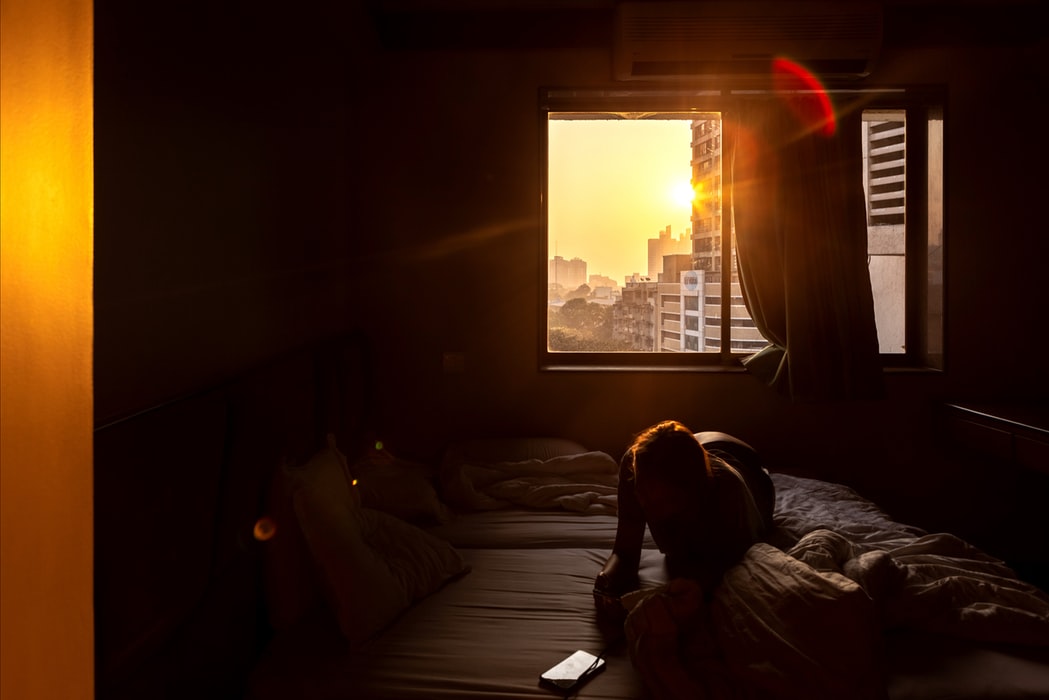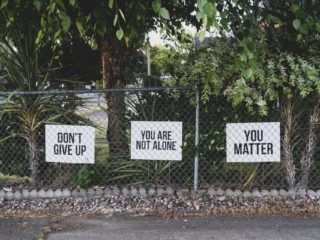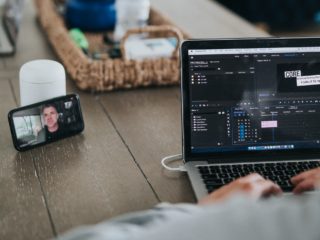In light of the recent coronavirus pandemic, frequently referred to as COVID-19, many precautions are being encouraged to reduce the risk of infection. One such precaution is self-isolation.
Self-isolation is the practice of staying home to prevent a further increase in the number of those infected. Around the world we can already see schools, workplaces, and governments are all encouraging this practice – with several countries legally enforcing it.
As productive as this practice may be in safeguarding the global community, staying indoors for extended periods of time can be harmful to our emotional well-being. For example, during self-isolation, many of us may experience a drop in our vitamin D levels due to limited exposure to sunlight. Vitamin D is especially important as it is linked to the production of serotonin – our body’s natural mood booster. So when our serotonin levels are too low, mood slumps and anxiety become more frequent.
So How Does Sunlight Affect Our Mental Health?
Insufficient exposure to sunlight is thought to be one of the key factors underlying seasonal affective disorder (SAD); a form of depression that is often associated with the autumn and winter months. However, whilst many of us may experience changes in our mood during the cooler seasons, it does not necessarily mean that we have SAD.
Seasonal affective disorder is a clinical condition that is characterised by fatigue, hopelessness and social withdrawal. It can also affect our sleeping patterns, our ability to concentrate, our appetite and our sense of interest in life.

As someone that has been previously diagnosed with a vitamin D deficiency, balancing supplements alongside adequate sunlight exposure has proven beneficial. However, in light of current events, staying indoors has taken a toll on both my mental and emotional health. And as a result, I have had to find alternative ways to maintain my well-being.
Here are three simple solutions that I have found to be effective in overcoming my vitamin D deficiency during this time:
1. Light Therapy
Light therapy, or phototherapy, is exposure to an artificial light source that mimics natural outdoor lighting. It can be conducted by purchasing a light therapy box designed specifically for this purpose. However, averaging at $57 USD, this option may not be accessible to everyone.
It is important to consult your health professional on the use of a light therapy box if you have a skin sensitivity to light, if you are on medication that increases your reactivity to sunlight, or if you have a preexisting eye condition that makes you more susceptible to light damage. There have also been reports of mild side effects which include nausea, headaches, and eye strain. Furthermore, this option is not recommended for people who have bipolar disorder as it may trigger episodes of mania.
2. Supplements
Daily vitamin D supplements are available over-the-counter, in liquid or tablet form, at local pharmacies and grocery stores. You can follow the recommended dosage printed on the bottle but it is always best to consult your healthcare professional. For example, I take a vitamin D liquid supplement with a dosage recommended by my doctor.
Click to Listen to our #1 Charting Podcast on Apple & The World’s Exclusive Youth Leadership Podcast, Empathy Always Wins by EMPWR, Out Now Everywhere on Apple / Spotify / Google Podcasts 🌍
3. Food Sources
According to the U.S. Department of Health and Services, the average adult should receive 600 IU (International Units) of vitamin D from their daily food intake. International units are the standard measurement for vitamins, which vary depending on the vitamin.
There are a few food sources that naturally contain vitamin D which can easily be incorporated into your diet. A highly popular food source of vitamin D is salmon. With a wide variety of ways to prepare the fish, it can be a great means of getting more vitamin D into your system. A more affordable alternative is canned sardines. Similarly, egg yolks have also proven to be a great source of Vitamin D. And there are also some food sources which are fortified, which means that vitamin D has been added in the production process. These include cow’s and soy milk, fortified orange juice, as well as instant oatmeal and some cereals.
The following table includes the aforementioned food sources, the serving sizes of each, the IU it provides, and the percentage of the recommended daily value that it provides.
| Food Source | Serving Size | IU | % DV |
|---|---|---|---|
| Farmed Atlantic salmon | 3.5oz | 526 | 88 |
| Canned sardines | 3.8oz/can | 177 | 29.5 |
| Egg yolk | 1 yolk | 37 | 6 |
| Cow/soy milk | 1 cup | 115 | 19 |
| Fortified orange juice | 1 cup | 100 | 16 |
| Instant oatmeal/select cereals | ½ cup | 54 – 136 | Up to 22 |
During this time, it is essential for us to look after our mental and emotional well-being. By following these simple steps, we can play an active role in helping our bodies produce the natural mood-booster we need to be at our best.
We’d love to hear from you! So please share with us some of the ways that you have found useful to cope during this time. Email us at [email protected]. For more on our COVID-19 Series, click here!
💭If you like this article, subscribe here to our EMPWR Guide and be first to receive all our articles, the latest mental health news in the Arab world and more exciting stuff every Sunday directly to your inbox.
Be sure to check out and join our global conversation around mental health on the EMPWR Facebook Community Group: “The Empower Community”
💭Freelance Submissions & Art/Poetry are accepted here (All Articles Must Comply with EMPWR’s Writing Guidelines )








